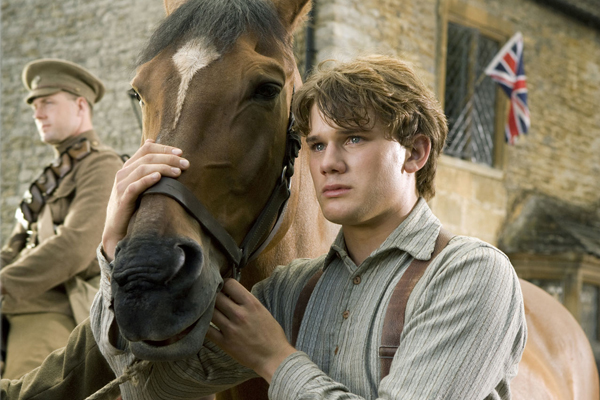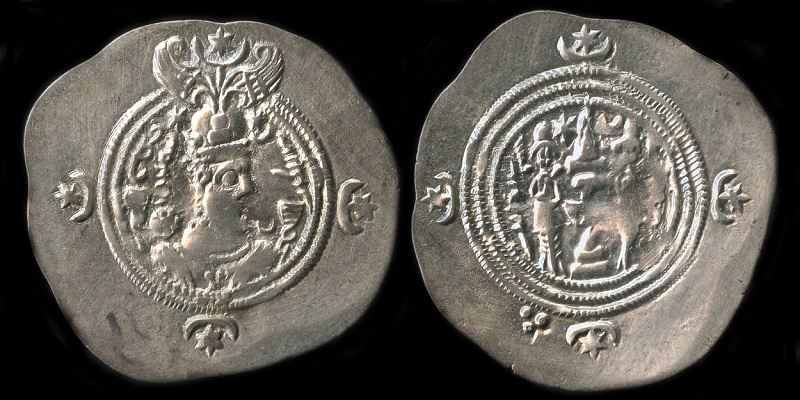Young Professionals in the Community
John Fuentes Photography
John Fuentes has been a freelance photographer for the past 15 years. He has won several competitive awards for scenic, nature, and special effects photography in Alaska while stationed in Eielson AFB, serving in the United States Air Force.
His passions for artistically capturing time and events have been recognized by his clients and peers.
With a career in the Hospitality Industry, he gained the necessary interpersonal skills to capture his clients at their best. From his charismatic demeanor and caring for each client, he will ensure your comfort to gain the ultimate portrait for you.
John specializes in “Story Telling Photography” or “Candid Photography” that captures children, individuals, couples, and families within their environment or selected location. Also, with the assistance of CYRUS Productions in Laguna Hills, you have the option of a “Traditional Style”, studio controlled portrait. John has also added to his resume Weddings, Engagements, and Personal/Professional Event Photography.
Interview with Kourosh Pirnazar
by: Shaghayegh Farsijani
Tell us a little about what you do?
I do storyboards for Gold Pictures for a new TV project called SIN. I work there as a Production Assistant, so when they go out to shoot documentaries or any other outdoor shoots, such as corporate videos, I will go and do it under their name.
How did you get into Film?
I orginally started to become an animator but the problem there was as an animator you have to be really consistent; by drawing the same thing over and over again with small changes. I could draw both pictures but they just weren’t alike, so I decided to go into “stop motion animation” which is when figures are really there and you just have to shoot them. That was the first time I actually got behind the camera and decided to direct and set up shots. From then on I went into movie making. The movie that encouraged me to go into this field was “Saving Private Ryan”. The way the movie was made just fascinated me, so throughout high school I made short films with my cousins and friends. I went to the film school at Cal State Long Beach for four years and will be graduating this semester. While I was studying I worked on short films and documentaries and that is when I met a lady by the name of Melissa who helped me get this internship.
How did you become familiar with OCPC?
Exactly one year ago my mom brought the magazine home and I started flipping through the pages when I saw Mr. Danosian and I said, “Oh my god! That is my art teacher!” From then on I started reading the magazine every month.
Final thoughts?
It is good to get involved with this magazine or just the Persian community in general because no matter what you are involved with, you are helping the community. As you know, the LA and Orange County area have a huge Persian community so you should do a lot to get involved.



